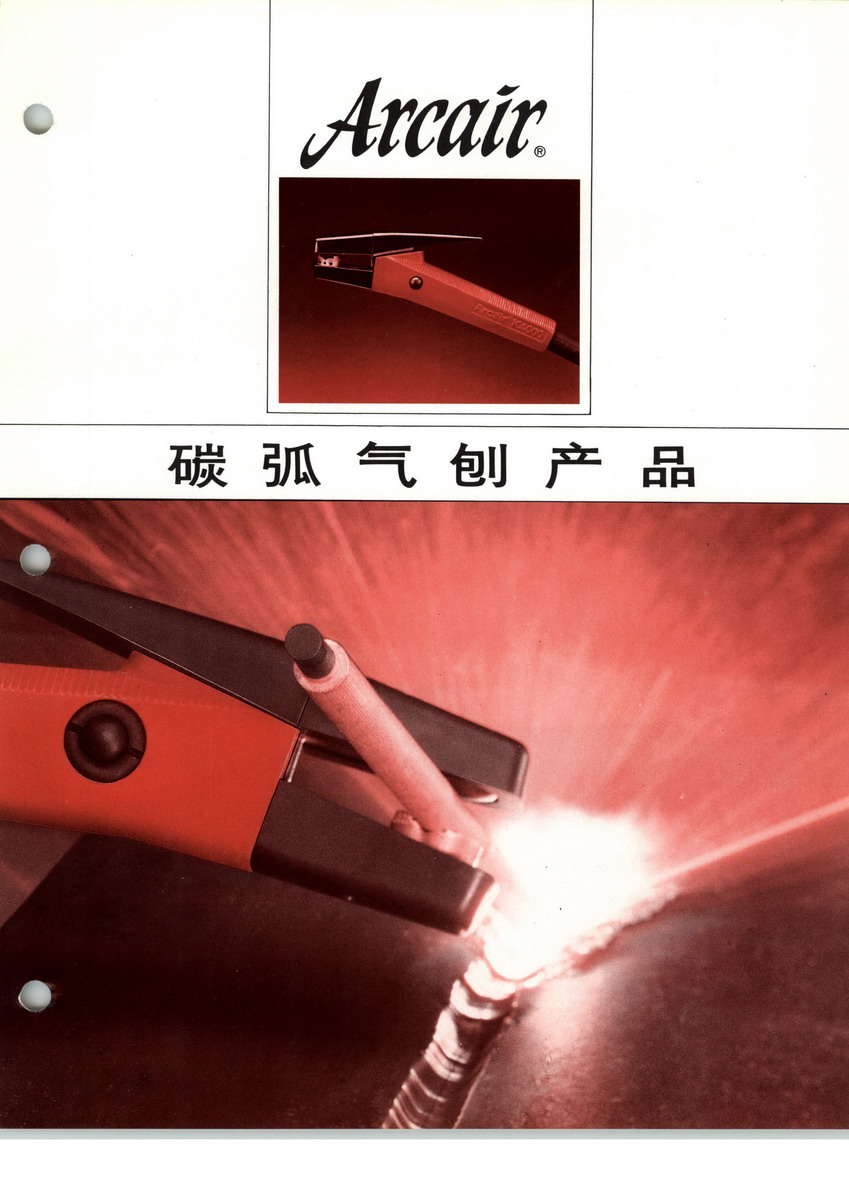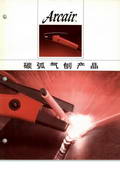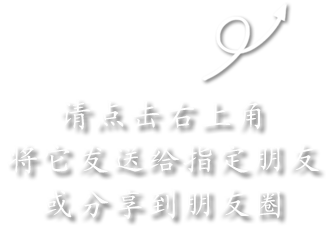The former Arcair Company facility is located at 3010 Columbus-Lancaster Road, Lancaster, Fairfield County, Ohio, on the northwest edge of Lancaster, near the intersection of U.S. Route 33 and Collins Road. Thorton & Roshon Properties, Inc. Art Glass owns the site. The Arcair Company (Arcair) began operation in 1961 and manufactured electrodes, cutting and welding tools and accessories. Arcair operated as an independent subsidiary of Air Products and Chemicals, Inc. (Air Products) from 1969 until 1987, when it was sold to an out-of-state company and operations ceased at the facility.
Environmental assessments conducted by Air Products in 1987 and 1988 found contamination at the site. The primary contaminants identified in soil and ground water are: 1,1,1 trichloroethane (1,1,1 TCA); 1,1 dichloroethane (1,1 DCA); and 1,1 dichloroethene (1,1 DCE). Additional contaminants, trichloroethene (TCE) and tetrachloroethene (PCE) have also been identified.
Sampling of surrounding private wells by Air Products in 1989 indicated that wells have not been affected by the ground water contamination. Local wells utilize a deeper ground water zone, whereas the contamination has been restricted to the shallow ground water zone (generally between 10 and 20 feet). One private well just south of the site did show contamination due to a defective well casing. Air Products replaced this well. This detection caused concern that the ground water was migrating south beneath the neighboring properties. (In 1995, water and sewer services became available to the area through the Greenfield Township Water and Sewer District.)
On Dec. 3, 1990, Air Products entered into an administrative consent order with Ohio EPA, which obligated the company to operate and evaluate the existing ground water recovery system and to investigate the extent of ground water contamination. Air Products completed the required investigation work and installed a third recovery well. Ground water modeling and sampling have indicated that ground water is being controlled and recovered by the system. Direct push borings have defined the extent of ground water contamination around the former Triangle Lake area, a private pond that was south of the facility, but has since been filled in.
Air Products and Ohio EPA entered into an administrative consent order modification on Jan. 3, 1995. This modification was initiated per Section XII of the Dec. 3, 1990, order. Under the 1995 modification, Air Products completed the following tasks: additional source area investigation; preparation of a risk assessment to determine impacts of soil contamination to human health; determination of soil clean-up levels and impacts of remaining soil contamination on the ground water; preparation of an ecological assessment to determine if any environmental impacts exist from contamination at the site; preparation of a focused feasibility study to determine appropriate remedial technologies for contaminated ground water in the former Triangle Lake area; and preparation of a risk assessment to determine impacts of ground water contamination on human health. These investigations concluded that site soils do not pose an unacceptable risk to human health or the environment. Site soil concentrations were significantly lower in concentration than previous studies, and fate and transport modeling indicates they are not an additional source of ground water contamination beyond the property boundary. The focused feasibility study determined that natural attenuation of the volatile organic compounds in the ground water is occurring around the former Triangle Lake area as concentrations have steadily declined.
Air Products submitted a report in August 2002 that presented alternative concentration limits (for example, risk-based goals) for contaminants in ground water at the site. Ohio EPA reviewed and approved this report in August 2002. Additional ground water sampling was conducted by Air Products in July 2003. The samples were collected from 18 ground water monitoring wells and two private wells at the site, and at the former Triangle Lake area. The analytical results showed that the alternative concentration limit for 1,1-DCE was exceeded in two of the samples collected on the property. In November 2004, Air Products submitted an amendment to the August 2002 report that included a revision of the alternative concentration limits for several contaminants, including 1,1-DCE. Based on the revised limits, the July 2003 analytical results do not exceed any of the alternative concentration limits.
Ohio EPA entered into an operation and maintenance (O&M) administrative consent order with Air Products and Thornton & Roshon Properties, Inc. in December 2004 to shut down the existing ground water treatment system and provide a plan on how the system will be maintained should it be necessary to resume operation of the system. The O&M administrative consent order required sampling of seven ground water monitoring wells for a minimum of eight quarters (two years) to determine if any of the alternative concentration limits were exceeded at the site following shutdown of the ground water treatment system. The O&M administrative consent order contained the provision that if there were any exceedances of any alternative concentration limit during two or more consecutive quarterly sampling events in any ground water monitoring well, then Air Products would be required to develop a contingent remedy subject to Ohio EPA approval to achieve the alternative concentration limit. The O&M administrative consent order also required the implementation of a use restriction for the property to restrict the extraction of ground water.
The final (eighth) sampling event occurred on Jan. 3, 2007. The alternative concentration limits were not exceeded during two or more consecutive quarters in any ground water monitoring well; therefore, satisfying the requirements of the O&M administrative consent order. Ohio EPA notified Air Products and Thorton & Roshon Properties on April 30, 2007, that the O&M administrative consent order was satisfied and terminated.

















